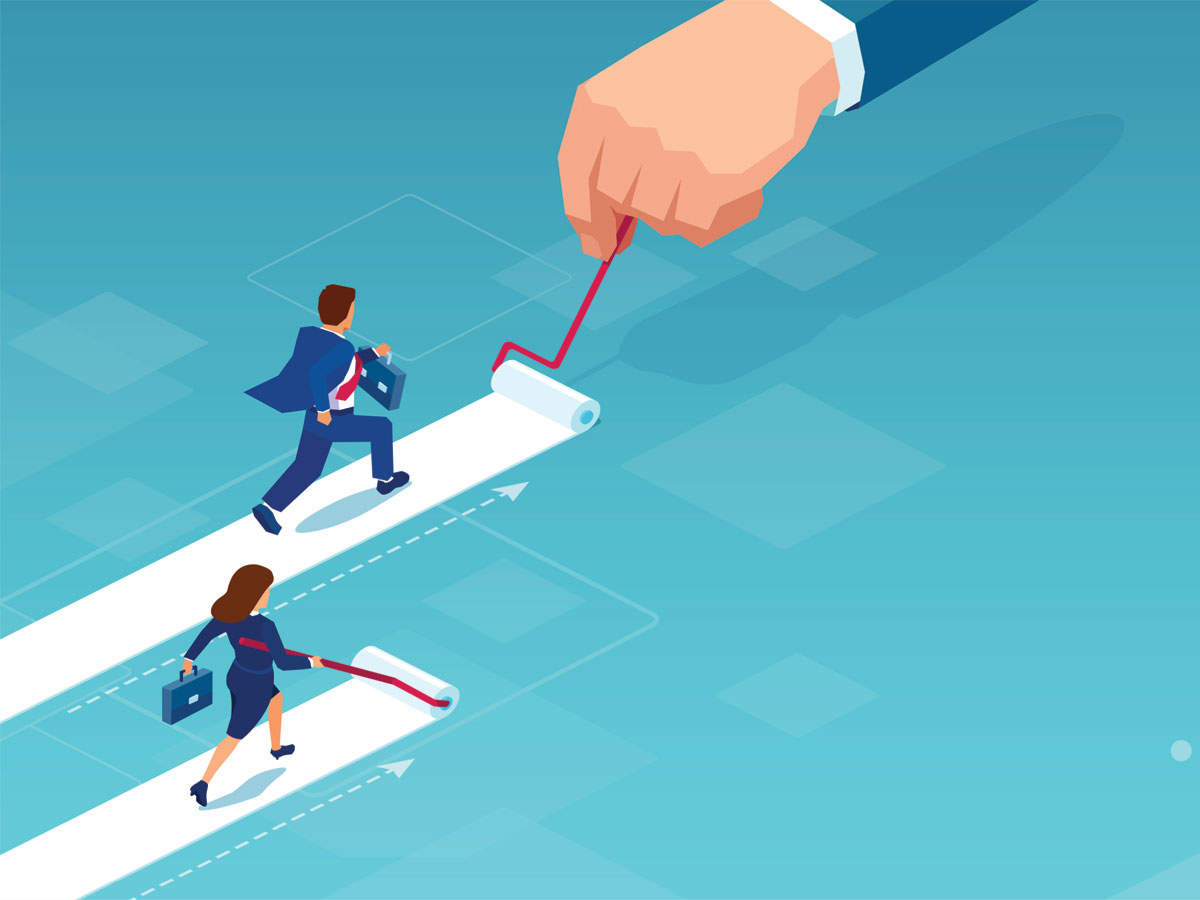Introduction:
Gender discrimination is a pervasive social issue that affects people of all ages, races, and nationalities. It happens when individuals are treated differently because of their gender, and it can manifest in different forms such as inequality in education, employment, and wages, among others. Despite the significant progress made in the fight against gender discrimination, it remains a global problem that requires collective action to eliminate. This article explores the facts and examples of gender discrimination and provides some practical ways to combat it.
What is Gender Discrimination?
Gender discrimination refers to the unequal treatment of individuals based on their gender, sex, or gender identity. It can be overt or subtle, intentional or unintentional, and it affects both men and women. Gender discrimination can take many forms, including:
- Unequal pay: This is a common form of gender discrimination, where women are paid less than men for doing the same job.
- Stereotyping: Stereotyping is when individuals are judged based on preconceived notions about their gender. For example, women are perceived as emotional and weak, while men are perceived as rational and strong.
- Sexual harassment: Sexual harassment is unwanted sexual advances, comments, or behavior that make the victim feel uncomfortable, intimidated, or degraded.
- Unequal access to education: Girls and women are more likely to be denied access to education or receive poor quality education than boys and men.
- Unequal access to healthcare: Women and girls are more likely to receive inadequate or substandard healthcare than men and boys.
- Discrimination in employment: Women are often discriminated against in the workplace, including being denied promotions, being passed over for jobs, and being subject to different standards than men.
Examples of Gender Discrimination:
Gender discrimination can take many forms and can occur in various settings, including the workplace, education, healthcare, and even in public spaces. Here are some examples of gender discrimination:
- The gender pay gap: Women earn less than men for doing the same job. In the United States, women earn 82 cents for every dollar earned by men.
- Sexual harassment: Women are more likely to experience sexual harassment in the workplace than men. According to a report by the Equal Employment Opportunity Commission (EEOC), one in three women in the US has experienced sexual harassment at work.
- Unequal access to education: Girls are more likely to be denied access to education than boys. In some countries, girls are not allowed to attend school or are forced to drop out because of cultural or economic factors.
- Discrimination in healthcare: Women are more likely to receive inadequate healthcare than men. For example, in some countries, women are not allowed to seek medical treatment without the permission of a male relative.
- Gender bias in hiring: Women are often passed over for jobs or promotions because of their gender. Studies have shown that men are more likely to be hired for jobs that require leadership or management skills, even if women are equally qualified.
- Gender stereotyping: Women are often stereotyped as weak, emotional, and passive, while men are stereotyped as strong, rational, and assertive. These stereotypes can affect how people are treated in various settings, including the workplace and education.
Ways to Fight Gender Discrimination:
Gender discrimination is a complex issue that requires a multifaceted approach to address. Here are some practical ways to fight gender discrimination:
- Educate yourself and others: Learn about the facts and consequences of gender discrimination and share this information with others.
- Speak out against discrimination: If you witness or experience gender discrimination, speak out against it. Silence only perpetuates the problem.
- Support gender equality initiatives: Support organizations that work to promote gender equality, such as women's rights groups, gender equality advocacy groups, and non-profits working towards equal access to education and healthcare.
- Advocate for policy change: Work with lawmakers to advocate for policy changes that promote gender equality, such as equal pay for equal work, anti-discrimination laws, and policies that promote equal access to education and healthcare.
- Encourage diversity and inclusion: Encourage diversity and inclusion in your workplace, school, and community. This can include actively seeking out diverse candidates for jobs and leadership roles, creating safe spaces for marginalized groups, and advocating for policies that promote inclusion and equality.
- Challenge gender stereotypes: Challenge gender stereotypes by speaking out against gender-based expectations and assumptions. Encourage others to challenge these stereotypes and to embrace diversity in all forms.
Conclusion:
Gender discrimination is a pervasive issue that affects individuals and societies around the world. It can take many forms and can occur in various settings, including the workplace, education, healthcare, and public spaces. It is essential to recognize the impact of gender discrimination and to take action to fight it. By educating ourselves and others, speaking out against discrimination, supporting gender equality initiatives, advocating for policy change, encouraging diversity and inclusion, and challenging gender stereotypes, we can work together to create a more just and equitable world for all.

Comments
Post a Comment